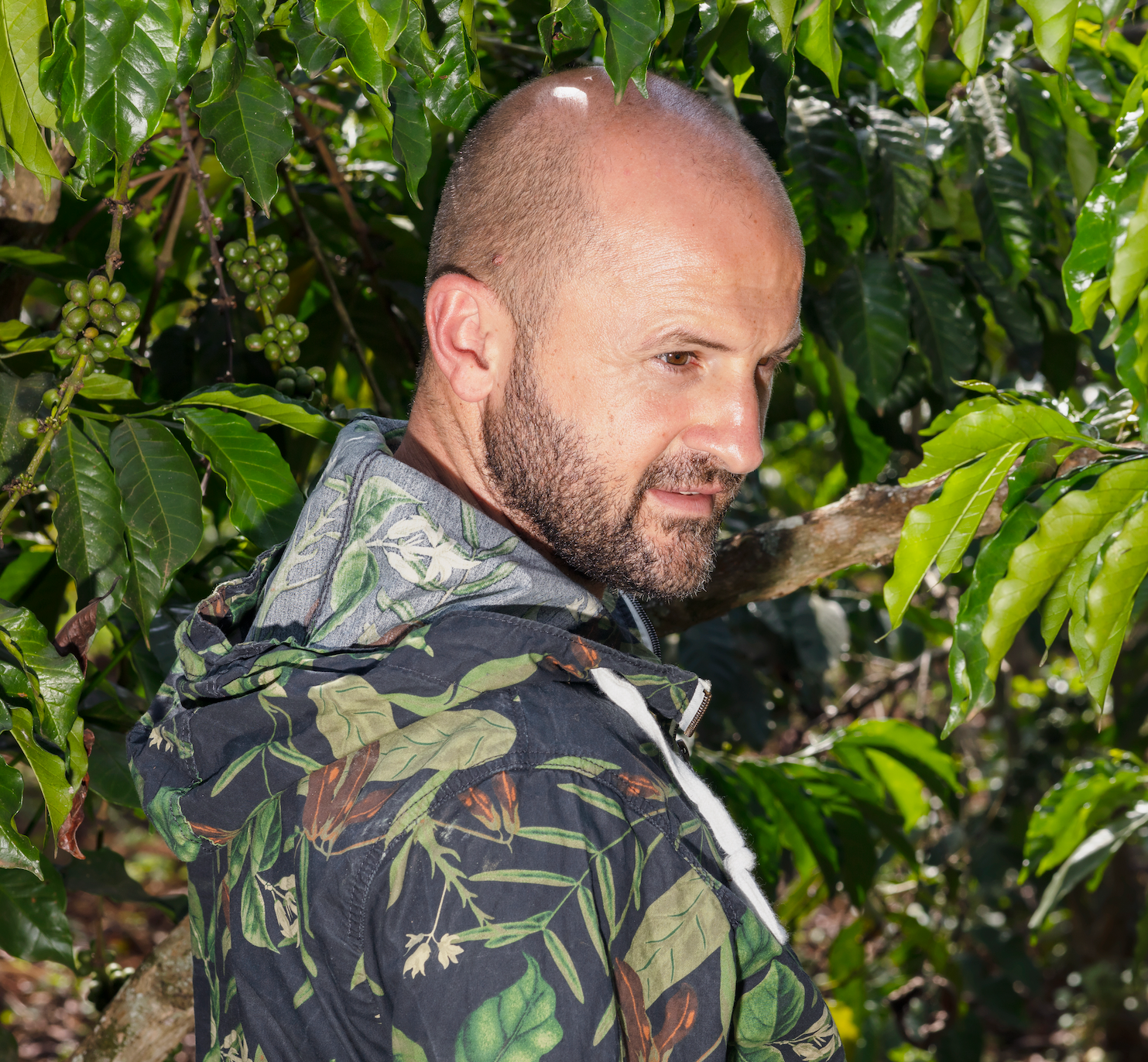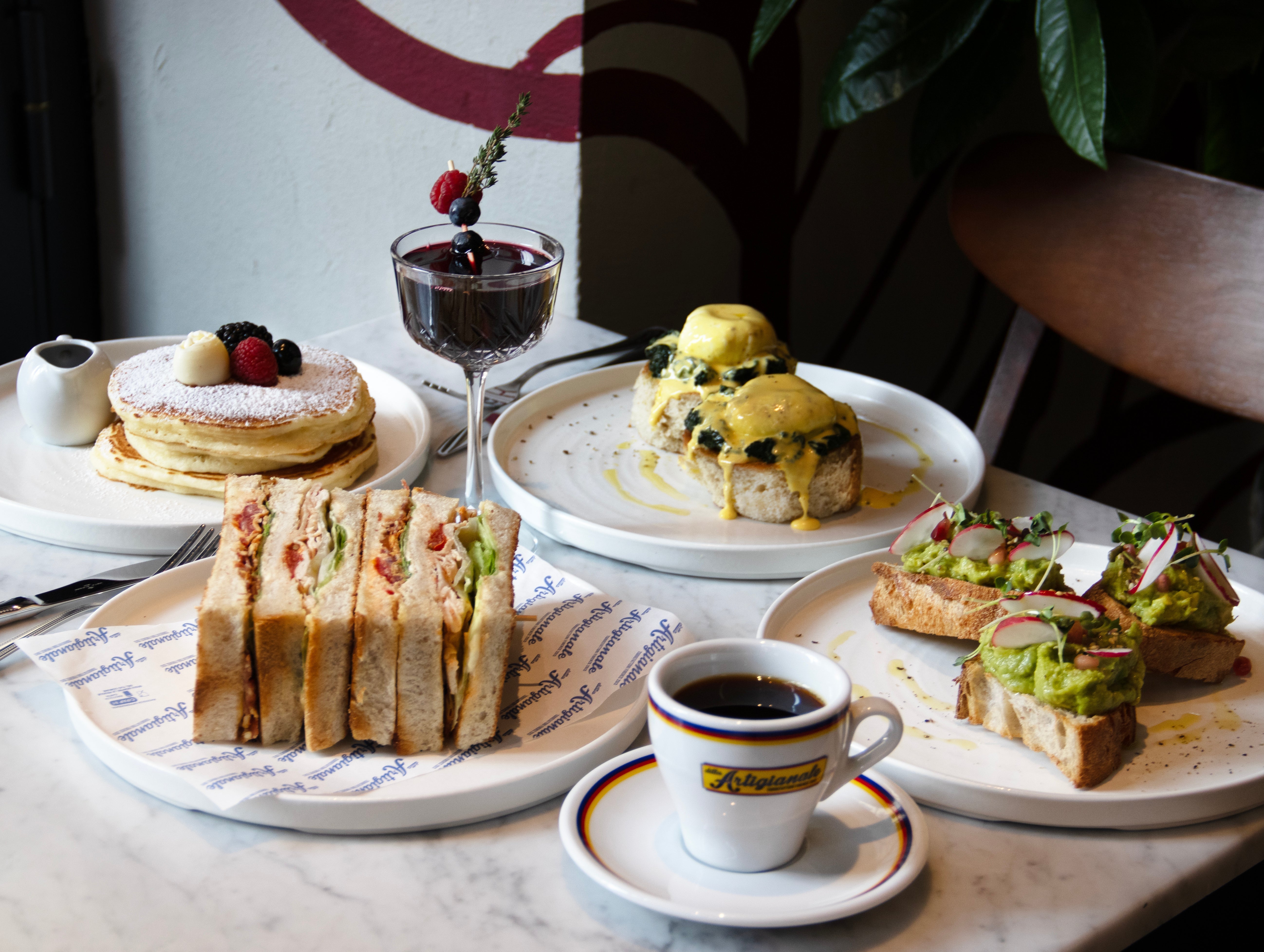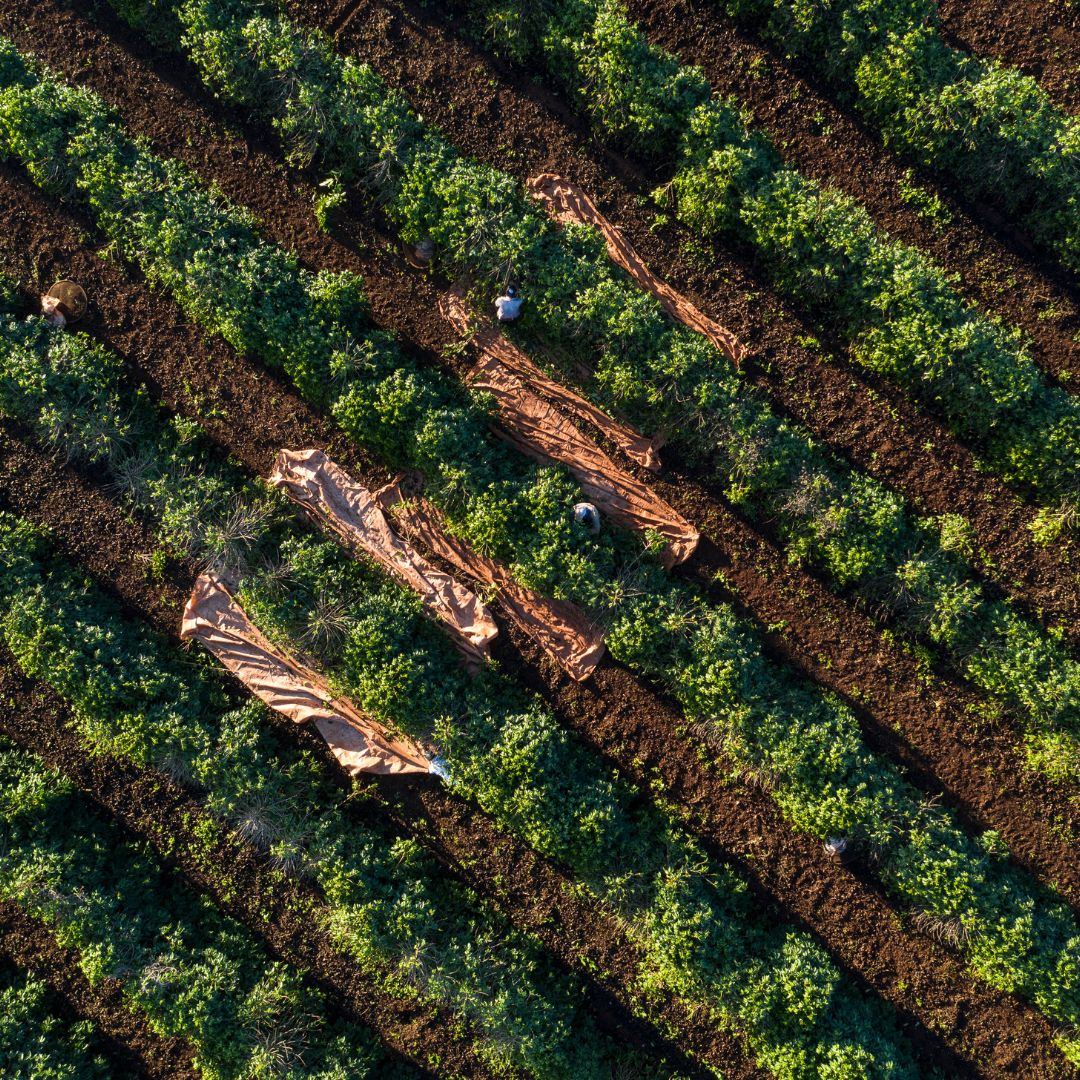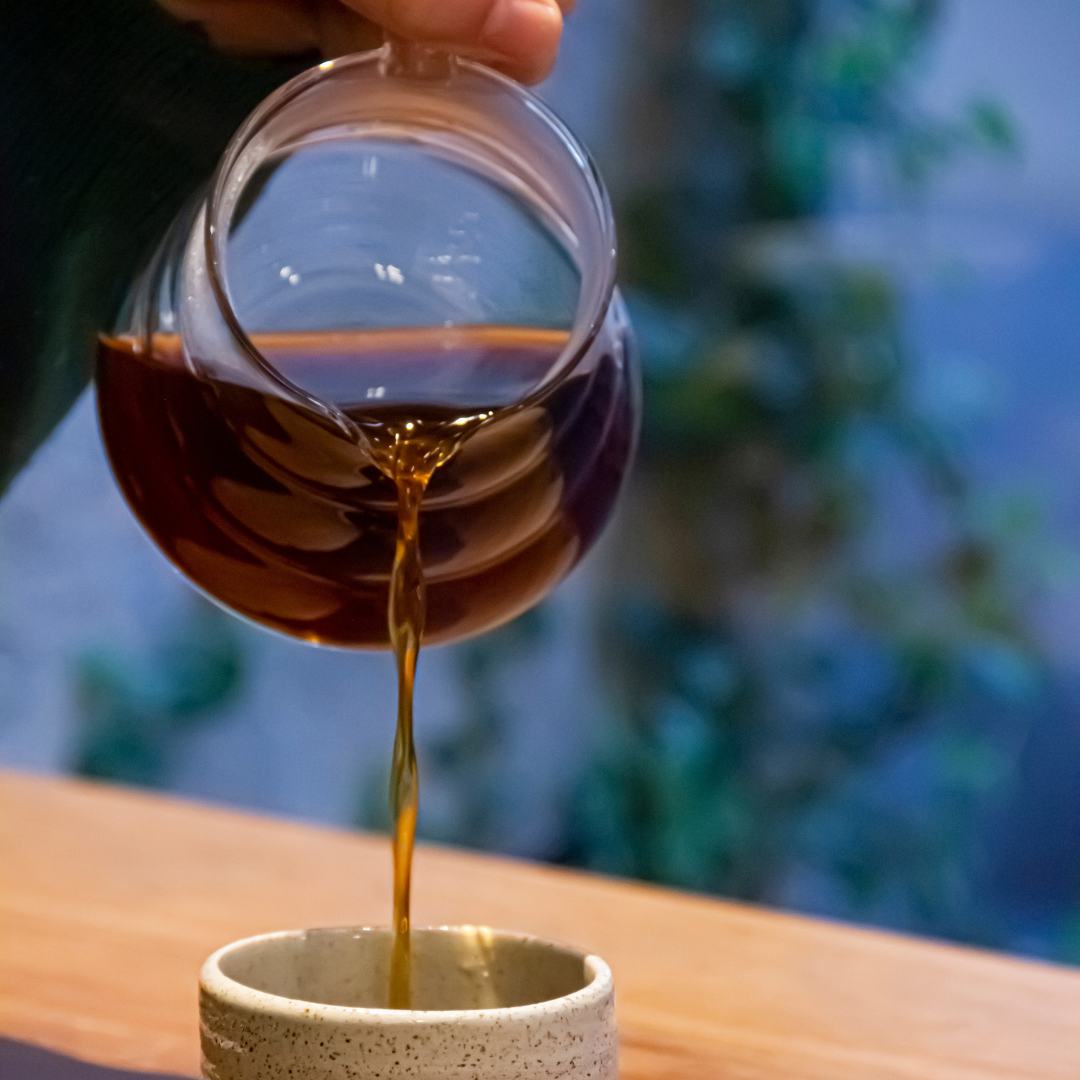When we talk about coffee we often, or almost always, mention these two botanical species, but in reality we must point out that there are more than 120 species in the world.
Arabica and Robusta are the most traded, to be more precise, the coffee market is divided between 75% of coffea arabica and 25% of coffee canephora (more commonly known as robusta).
The coffee industry has treated the Robusta as the poorest sister of the Arabica, in reality it is the mother, because in combination with the species coffeea eugenoidis it gave birth to the species coffeea arabica.

Robusta in the coffee supply chain
Robusta is poorer in terms of taste and its gustatory profile is often described with notes of wood, mold, earth and with excessive bitterness and little acidity, the only positive aspect attributed to it is its great body and perhaps for this very reason, and not only that, it is often used in espresso blends. Its use in the coffee supply chain is often due to, more than to the taste characteristics, to the market conditions that mean that its price is considerably lower than Arabica coffees.
However, mine is a general view on the matter, which will certainly see exceptions, but what is evident to all is that the presence of the robusta is more a matter of price than of taste.
Robusta grows at much lower altitudes than Arabica (from 200mt up to a maximum of 800mt), its rich caffeine content helps the plant itself in its growth, making it even stronger to resist various external attacks and under the most severe climatic conditions. Perhaps in fifty years we could only talk about robusta, given the climate change given by global warming underway.
Coffee Arabica
As for the much loved Coffea Arabica, we must say that this is perceived by the coffee industry as the noble plant, thanks to its complexity and richness in taste. The coffee obtained from this variety is much sweeter, more aromatic and decidedly more fruity, with a low caffeine content. The Arabica species grows on higher plateaus, starting from 800mt up to more than 2000mt above sea level and is characterized by different botanical varieties (there are more than 100), and each of these has its own taste profile that distinguishes them. Growing the Arabica species, however, puts the producer in front of numerous challenges: pests and diseases are the main threats, but today more than ever what scares most of all is global warming.
Unfortunately, coffee is still sold today for the country of origin and not for its botanical variety; we are often presented with a 100% Colombian Arabica coffee, but this wording, alas, has no informative value. Would you buy a wine whose description is 100% Tuscan grapes? Think about it.
Planting and growing a coffee seedling requires a long and complex process: in fact, once the seed has been planted, it is necessary to wait for it to sprout, then the seedling passes into the nursery and here it generally stays there for more than a year before being planted in the field; later it will be necessary to wait another three years before seeing the first fruit.
Making coffee is an investment that requires time and money, which is why I can't understand why it is given so little value.
Now that you know the differences between Arabica and Robusta, choose your favorite coffee wisely and take the right time to enjoy it.
* The article was published in the newspaper La Nazione







